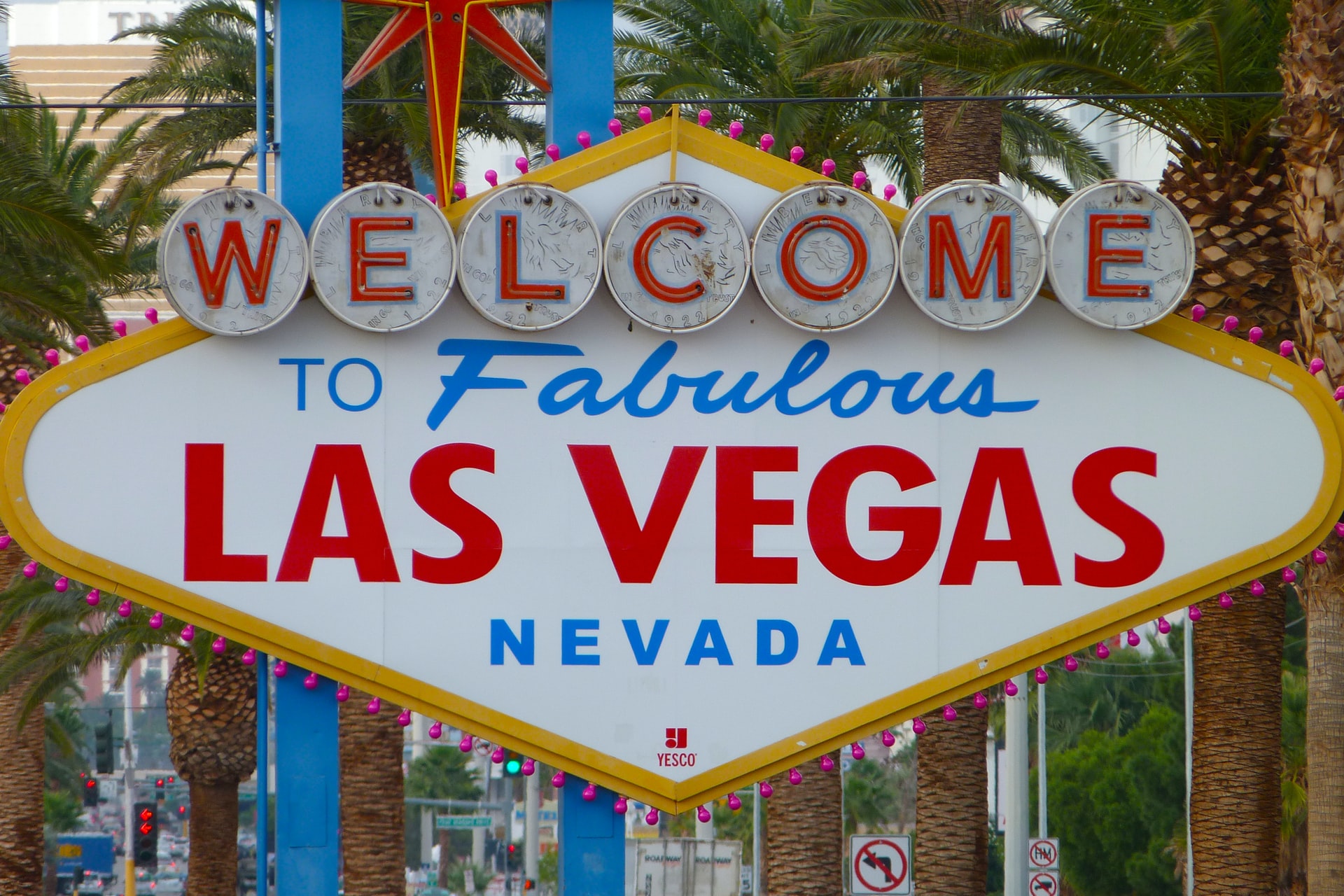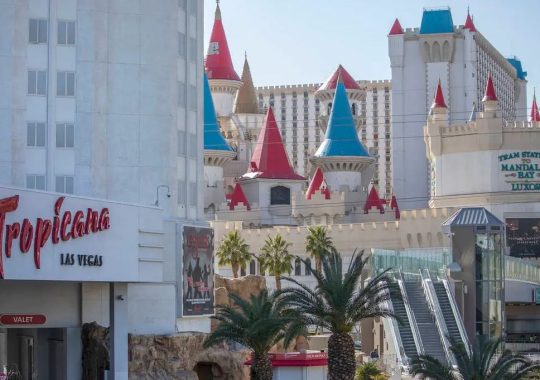The National Finals Rodeo (NFR), affectionately known as the “Super Bowl of Rodeo,” stands as the pinnacle of professional rodeo, drawing the top cowboys and cowgirls from around the world to compete for the coveted title of world champion in their respective events. Since its inception in 1959, the NFR has evolved into a grand spectacle, showcasing the skill, grit, and determination of these Western athletes.
The Early Years: A Nomadic NFR
The inaugural NFR took place in Dallas, Texas, in 1959, bringing together the top 15 contestants in bareback riding, steer wrestling, saddle bronc riding, tie-down roping, and bull riding. The event quickly gained popularity, and the Rodeo Cowboys Association (RCA), the governing body of professional rodeo, sought a larger venue to accommodate the growing fan base. In 1962, the NFR moved to Los Angeles, California, where it remained for two years before settling in Oklahoma City, Oklahoma, in 1965.
Oklahoma City: A Rodeo Stronghold
Oklahoma City embraced the NFR, providing a welcoming home for the event for nearly two decades. The State Fair Arena, later renamed the Jim Norick Arena, hosted the NFR from 1965 to 1978, witnessing numerous legendary performances and crowning countless champions.
The Move to Las Vegas: A New Era of Rodeo
In 1985, the NFR embarked on a new chapter, relocating to the Thomas & Mack Center at the University of Nevada, Las Vegas (UNLV). The move to Las Vegas, the entertainment capital of the world, signaled a shift in the rodeo’s landscape, attracting a broader audience and bringing the event into the spotlight.
Television Coverage: Bringing Rodeo to the Masses
The NFR’s television debut in 1974 marked a significant milestone, expanding the event’s reach beyond the rodeo’s traditional audience. Over the years, the NFR has been broadcast on various networks, including ESPN, CBS Sports Network, and currently, the Cowboy Channel and RFD-TV.
Evolution of Events: Reflecting the Sport’s Diversity
Over the years, the NFR has adapted to the changing landscape of rodeo, introducing new events to reflect the sport’s diversity. In 1962, team roping was added to the NFR lineup, and in 1967, barrel racing, exclusively for women, made its debut. In 2020, breakaway roping, another women’s event, joined the NFR roster, further showcasing the talents of female rodeo athletes.
A Tradition of Excellence: The NFR’s Legacy
The NFR has become a cornerstone of the American West, embodying the spirit of competition, camaraderie, and perseverance. The event continues to captivate audiences worldwide, showcasing the exceptional skills of cowboys and cowgirls as they push their limits in pursuit of rodeo glory.
Looking Ahead: A Future of Growth and Innovation
The NFR continues to evolve, embracing new technologies and fostering a more inclusive environment. With its rich history, passionate fan base, and dedication to preserving the Western tradition, the NFR is poised for continued success, ensuring that the spirit of rodeo thrives for generations to come.


